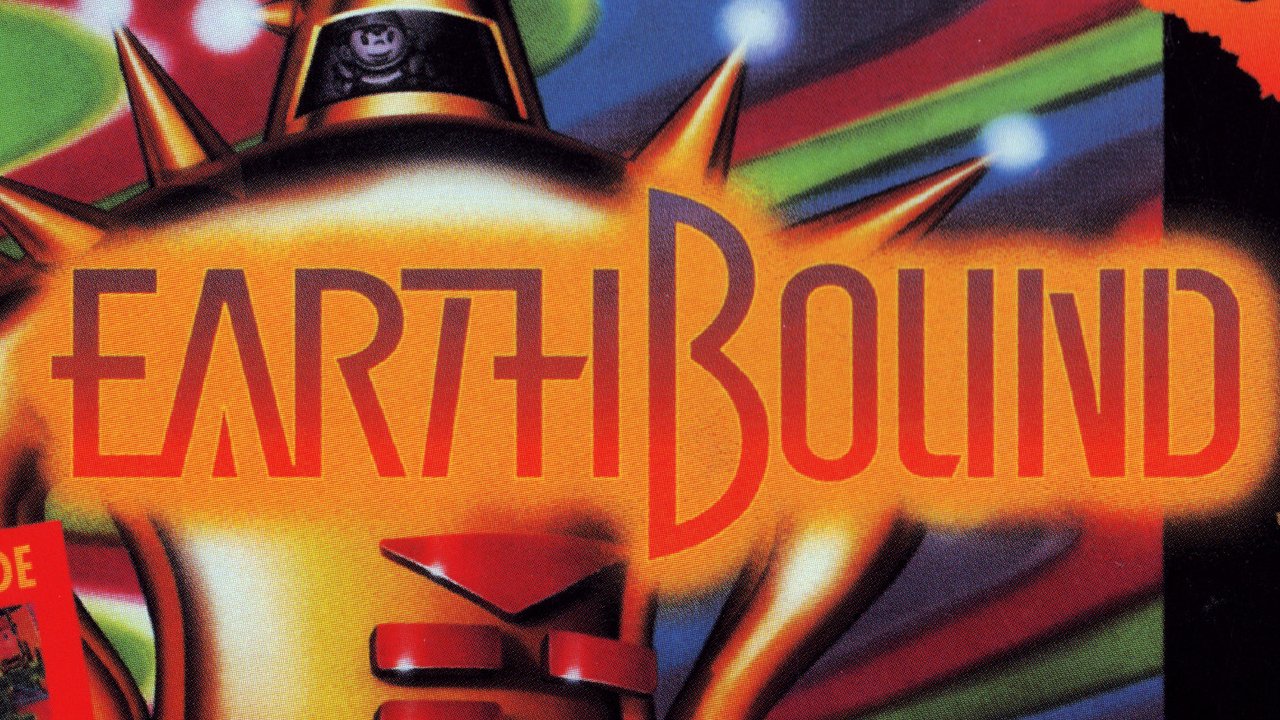Modern RPGs should take note of Earthbound‘s imagination.
Finally, after a lot of putting it off, I’ve started playing through Earthbound. I didn’t have a Super Nintendo growing up and didn’t even encounter a role-playing game until renting a PlayStation and Final Fantasy VII, so I’ve gone into Ape and HAL Laboratory’s 1994 classic without any sense of nostalgia. This has been, I think, a good thing because playing the first several hours of the game was a fresh experience, one that wasn’t complicated by either fond childhood memories or knowledge of what type of experience I was getting into. And what a strange experience it has been so far.
Earthbound is a weird game. A bit less than halfway through it — I’ve just reached a village with squat little creatures who talk through a strange, squiggly font — and this has become extremely apparent. Earthbound is weird from its pseudo-American setting, down through its tongue-in-cheek take on the Boy Saving World plot, and straight into its nearly nonsensical dialogue. Fortunately the oddity of each piece of the game comes together into something that works much better than it probably should.
Despite a few problems with tedious combat and a handful of outdated mechanics, Earthbound holds up extremely well. It also illustrates just how much potential the modern RPG is lacking. Much of what makes Earthbound so endearing is its refusal to follow genre conventions. The game may have lifted its fighting system nearly directly from Dragon Quest, but its oddball cast of characters, enemy design, and setting is anything but conventional. Ness, Earthbound‘s mute protagonist, comes from a small town that eschews the pseudo-medieval trappings of other RPGs in favour of styling itself like the sort of rural North American villages that can be found in the real world. His travels take him through small and large cities that are similarly normal, and the weapons and items that Ness accrues are as pedestrian as baseball bats, slingshots, and baseball caps. This fairly realistic setting allows Earthbound to explore fantasy in a manner unlike anything else. Sure, the New Age Retro Hippies, teenage street punks, and wild dogs that Ness must fight may look a bit strange, but they’re all drawn from the kind of “enemies” that a little boy may encounter on an actual adventure through his hometown.
And all of this is really good! So many RPGs fall into the common traps of taking themselves too seriously or using fantasy worlds as default settings. Though there are exceptions to this rule, games somewhat grounded in reality like the Fallout and Persona series are few and far between. Earthbound‘s model — using urban and natural areas— is one that allows for a strong connection between the player and the fictional world of the game. Rather than ask the person holding the controller to take the time becoming invested in one of Final Fantasy‘s invented worlds, a game grounded in reality uses our own knowledge of our world as a contextual shortcut. It would be refreshing to see more RPGs take this path. The sense of humour that gives Earthbound its considerable charm is also tough to find in many other entries to the genre. Even with the fate of the Earth at stake, Ness and the friends he meets along his journey are constantly encountering strange creatures and extremely eccentric townspeople. From the kid who forgets where he lives because he’s spent so long running from zombies to the mobster enemy who lowers your courage stats by “saying something nasty” during battle, the game refuses to be as stoic and humourless as its peers.
Obviously not every role-playing game needs to follow in Earthbound‘s footsteps, but developers working in the genre could certainly stand to take note of why this one old SNES title has garnered such an enthusiastic following. If appropriate to the story being told, realism and humour are both great tools for engaging players. Not every RPG needs to feature knights, elves, swords, and armour: we could do with a few more that are content to feature a kid fighting off frogs with a slingshot.




